Abstract
In Japanese agriculture, summer/autumn lettuce is an important crop among leafy stem vegetables. According to data for 2022, the national summer/autumn lettuce harvest was 262kt, with a cultivated area of 8.48kha and the highest shipping volume in Nagano at 158kt. The trend seen from these figures indicates that relatively large-scale production is taking place nationwide. Nagano in particular leads in terms of shipping volume, suggesting that production in that region is prominent. It also appears that there is high demand for summer and autumn lettuce. This is thought to be due to the fact that it is widely loved as a vegetable in Japanese food culture and is highly nutritious. Demand is likely to continue to increase in the future, which will require diversification of production areas and improvements in production technology.
Summer and autumn lettuce harvest yields (main data).
In Japanese agriculture, the yield of summer-autumn lettuce has changed over the long term. Looking at data from 1973 to 2022, traffic peaked nationwide in 2017 at 295 kt. However, in subsequent years, yields have fallen to 88.9% of their peak. This trend indicates that summer/autumn lettuce production has overcome a temporary peak and is now stabilizing. This decline may be due to structural changes in agriculture and changes in climatic conditions. Other factors that may be contributing factors include changes in demand and market competitiveness. In the future, efforts will be needed to stabilize summer/autumn lettuce production, such as developing sustainable production methods and varieties that meet demand.
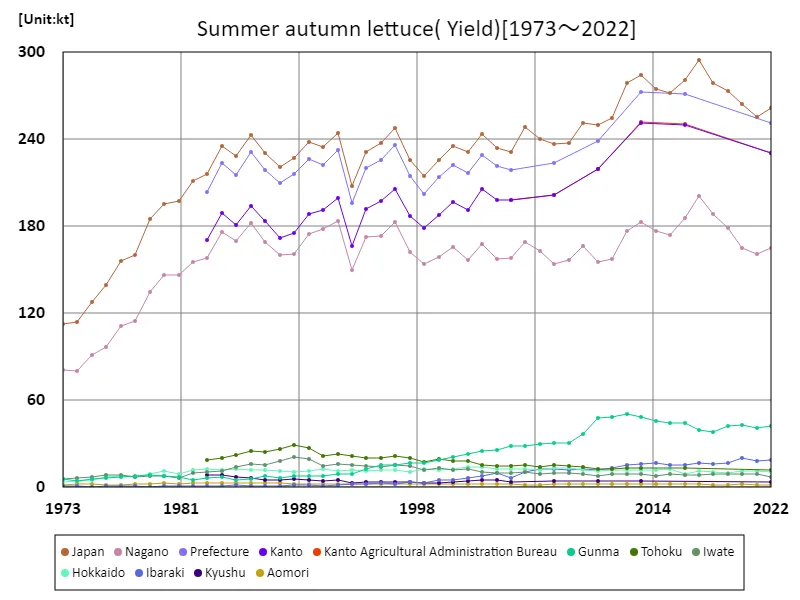

The maximum is 295kt[2017] of Japan, and the current value is about 88.9%
Summer and autumn lettuce harvest volumes (by prefecture).
The latest data for 2022 on the harvest volume of leafy vegetables in Japanese agriculture has been compiled by prefecture, with Nagano Prefecture having the highest overall yield at 165kt. This figure is the highest ever recorded and indicates that the current value is also the highest. Nagano Prefecture recorded the highest yield, indicating that leafy vegetable production is prominent in the region. Possible reasons for Nagano Prefecture’s higher production volume than other regions include its climatic conditions, soil suitability, and advances in agricultural technology. It is also possible that Nagano Prefecture has a better agricultural infrastructure than other regions. Due to this trend, Nagano Prefecture is attracting attention as one of the major producing areas for leafy stem vegetables. In the future, each region, including Nagano Prefecture, will be required to adopt sustainable production methods and cultivate varieties that meet demand in order to maintain and expand production of leafy vegetables.
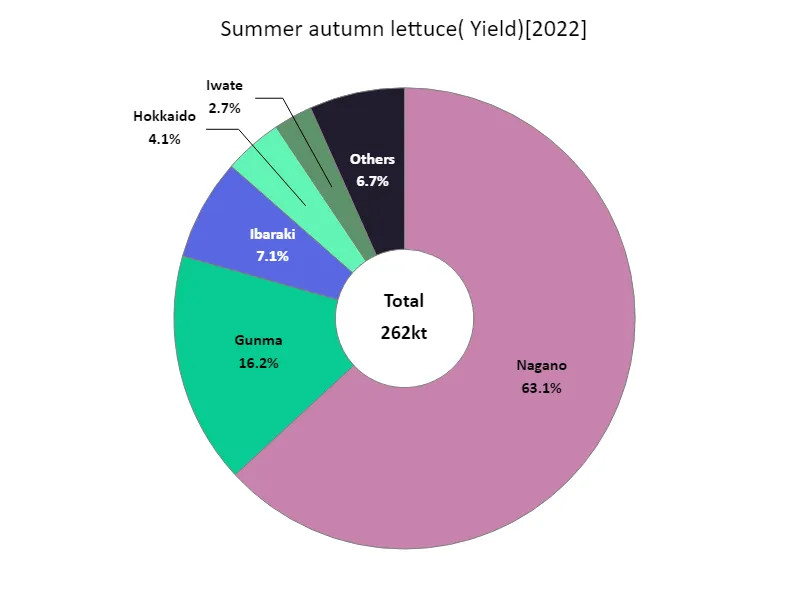

The maximum is 165kt of Nagano, the average is 5.82kt, and the total is 262kt
Area planted with summer/autumn lettuce (main data).
Looking at data from 1973 to 2022, the area of land cultivated with summer/autumn lettuce in Japanese agriculture peaked at 9.64 kha nationwide in 1984. However, it has since fallen to 88% of its peak. This trend indicates that the area cultivated with summer/autumn lettuce has passed its temporary peak and is now decreasing. The decline is likely due to structural changes in agriculture, changes in demand, and the effects of market competition. It may also be influenced by changes in other crops and growing region characteristics. Additionally, changes in climatic conditions and the impact of natural disasters are also factors to consider. In the future, it will be necessary to introduce sustainable production methods and utilize efficient cultivation techniques while responding to changes in demand and the market. It is also important to make efficient use of cultivation area and to formulate cropping plans that are suited to the characteristics of each region.
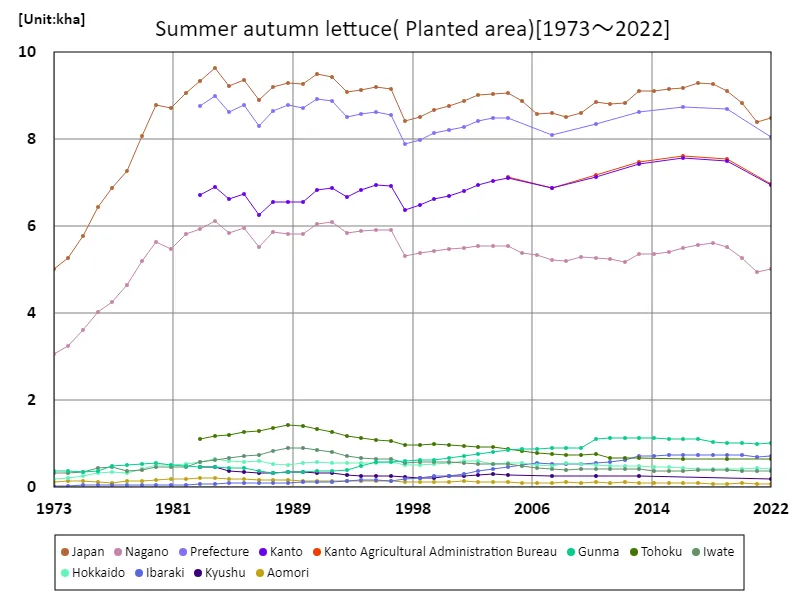

The maximum is 9.64kha[1984] of Japan, and the current value is about 88%
Area planted with summer/autumn lettuce (by prefecture).
According to the latest 2022 data on the area planted to leafy vegetables in Japanese agriculture, the largest overall is Nagano Prefecture at 5.01kha, the highest current value. These figures show that Nagano Prefecture leads the nation in terms of the area cultivated with leafy vegetables. The reasons why Nagano Prefecture has a larger cultivated area than other regions include its climatic conditions, soil suitability, and well-developed agricultural infrastructure. Nagano Prefecture is also known as a region that produces high-quality leafy vegetables, thanks to the development of agricultural technology and the efforts of producers. Furthermore, the introduction of production plans and cultivation techniques that respond to local demand and market requirements is also thought to be one of the reasons why Nagano Prefecture leads other regions. In the future, it is expected that each region, including Nagano Prefecture, will maintain and expand the area planted with leafy vegetables through the promotion of sustainable agriculture and the utilization of local resources.
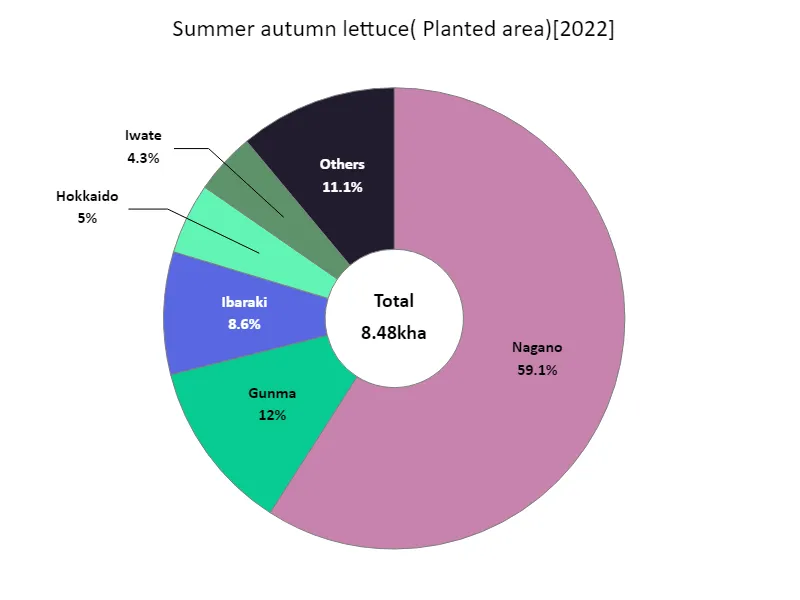

The maximum is 5.01kha of Nagano, the average is 189ha, and the total is 8.48kha
Summer and autumn lettuce shipments.
In 2022, the largest overall shipment volume of summer/autumn lettuce in Japanese agriculture was in Nagano Prefecture at 158kt, with an average of 5.52kt, for a total of 248kt. These figures show that Nagano Prefecture leads the nation in summer and autumn lettuce shipping volume. The reasons why Nagano Prefecture has a higher shipping volume than other regions include its climatic conditions, soil suitability, and advances in agricultural technology. Nagano Prefecture is also known as a reliable production area, recognized for its efforts in ensuring the quality and stable supply of agricultural products. Overall, shipments of summer and autumn lettuce are stable, but production tends to be concentrated in Nagano Prefecture. In the future, it will be important to expand production in other regions and develop production plans based on demand. In addition, the promotion of sustainable agriculture and technological innovation are expected to contribute to stabilizing the production and shipping volumes of summer and autumn lettuce.
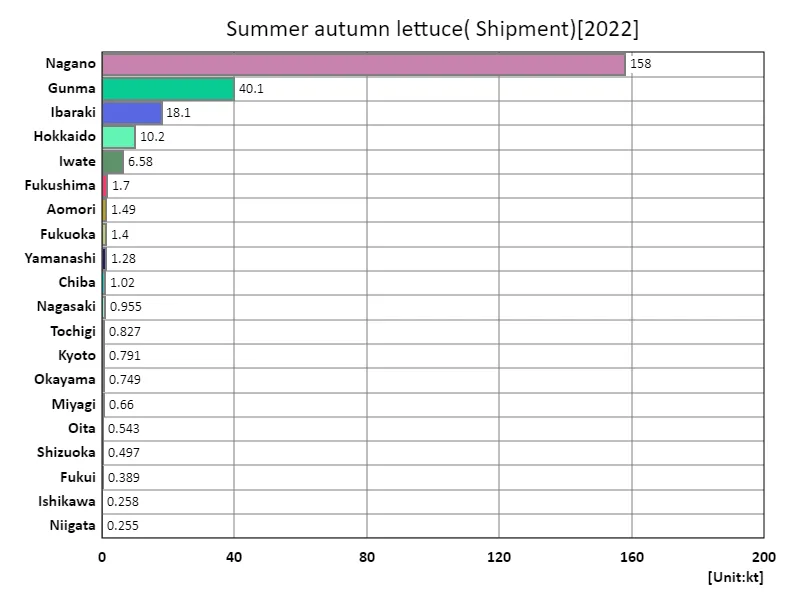

The maximum is 158kt of Nagano, the average is 5.52kt, and the total is 248kt
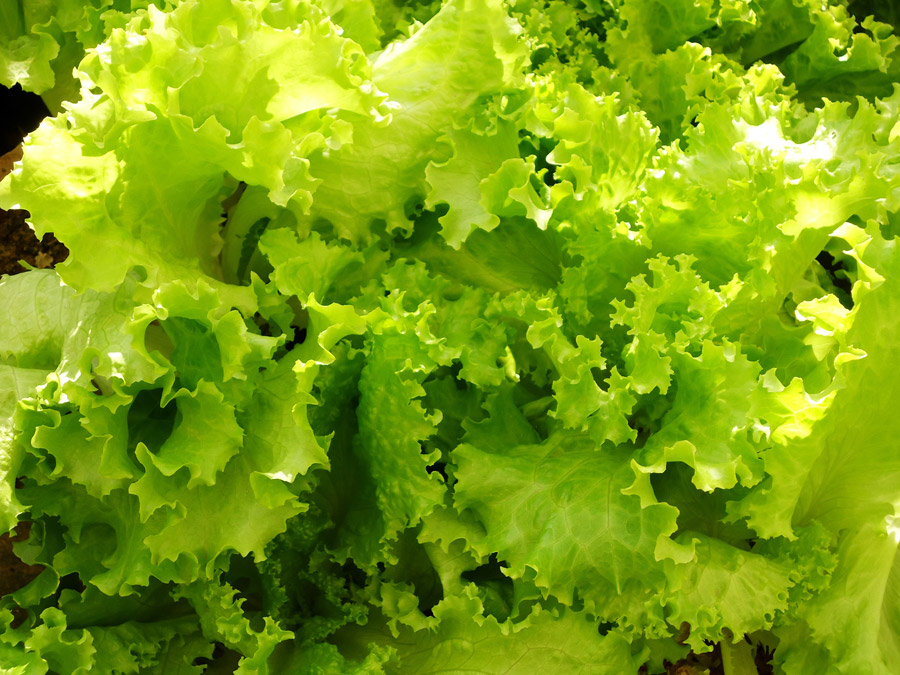


Comments